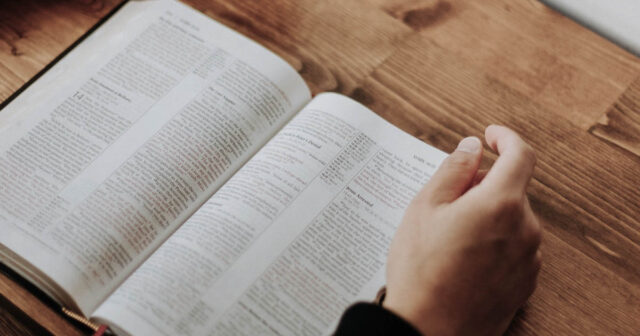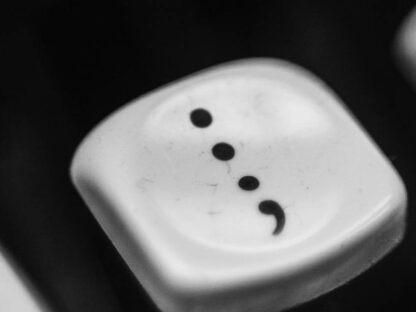grammar
-

What Is a Misplaced Modifier? (With Examples)
What Is a Misplaced Modifier? (With Examples)
Published Jan 23, 2023
Last Updated May 27, 2025Understanding common grammar errors and how to fix them is a key part of working as a proofreader. In this post, we explain what misplaced modifiers are, how to spot the most common types, and how you can correct them in any piece of writing. What Is a Misplaced Modifier? Modifiers are words, phrases, or […]
-

What Is an Adjectival Noun?
What Is an Adjectival Noun?
Published Jan 21, 2023
Last Updated Jan 10, 2025You might know of adjectives as words used to describe nouns, such as the yellow jacket or silly song. But can a noun ever work the way an adjective does? The answer is yes . . . sometimes. An adjectival noun functions as an adjective and is located before another noun in a sentence. Want […]
-

How to Use Comparatives and Superlatives (With Examples)
Published Jan 09, 2023
Last Updated Jun 20, 2024Comparatives and superlatives can be a confusing part of grammar, particularly for ESL writers. In this guide, we talk you through the rules for forming comparative and superlative adjectives, and what to look out for when proofreading them. What Are Comparatives and Superlatives? Comparatives and superlatives are both types of adjectives. Comparative adjectives are words […]
-

What Is the Present Perfect Tense? (With Examples)
Published Dec 26, 2022
Last Updated Nov 26, 2024The present perfect tense is one of the most common verb tenses in English, and despite the name containing the word present, it describes actions relating to both the past and present. Does it sound confusing? It doesn’t have to be! Read on for how to recognize and use the present perfect tense. How to […]
-

When to Use “I” and “Me” in a Sentence
Published Nov 19, 2022
Last Updated Mar 10, 2025Is it “you and me” or “you and I”? This can be a complex question, even for native English speakers. The difference lies in whether you need to use a subject pronoun or an object pronoun. In this post, we’ll dig into what these pronouns are and how to establish when “I” or “me” is […]
-

Whomever or Whoever: What’s the Difference?
Published Nov 06, 2022
Last Updated Mar 04, 2024If you’re confused about when to use whomever or whoever, you’re not alone. In today’s post, we’ll explain the difference between whomever and whoever and how you can determine which one to use. Who and Whom Whoever and whomever take their forms from who and whom, two words that belong to a time when many […]
-

How to Use Semicolons (with Examples)
Published Oct 24, 2022
Last Updated Jul 28, 2025A semicolon (;) is a punctuation mark that indicates a pause, and it typically serves two purposes: linking two closely related independent clauses and separating items in a multipart list. But how are they different from colons? And when is a semicolon a better choice than a comma? As a proofreader, you’ll need to know […]
-

The Bad Big Wolf? A Proofreader’s Guide to Adjective Order
Published Oct 08, 2022
Last Updated Nov 26, 2024If the phrases “black little dress” and “red dry wine” sound strange in your head, you have intrinsic knowledge of English adjective order. When we use multiple adjectives to modify a noun or nouns, they don’t fall into a random sequence. Rather, they follow a pattern based on their function. In fact, most native English […]
-

A Guide to Countable and Uncountable Nouns
A Guide to Countable and Uncountable Nouns
Published Aug 04, 2022
Last Updated Feb 04, 2025Common nouns can be either countable or uncountable. But what does this mean in practice? And what does a proofreader need to know about countable and uncountable nouns? In this post, we set out the basics of how these noun types work and some common errors to look out for. What Are Countable Nouns? Countable […]
-

Is or Are? A Guide to Collective Nouns
Is or Are? A Guide to Collective Nouns
Published Jul 20, 2022
Last Updated Nov 28, 2024Collective nouns are nouns that refer to a group of people or objects, including words like team, family, and crowd. But are they singular or plural? And how do you use collective nouns in a sentence? These are things you need to know as a proofreader. Read on to find out more. Collective Nouns and […]
